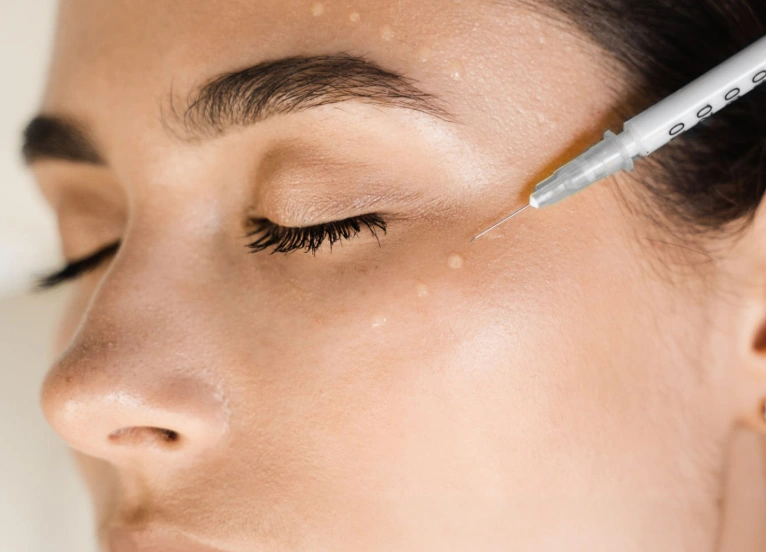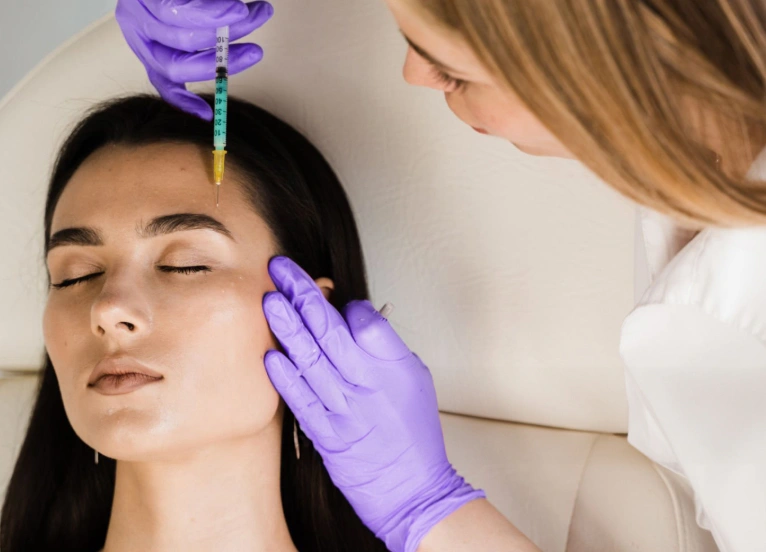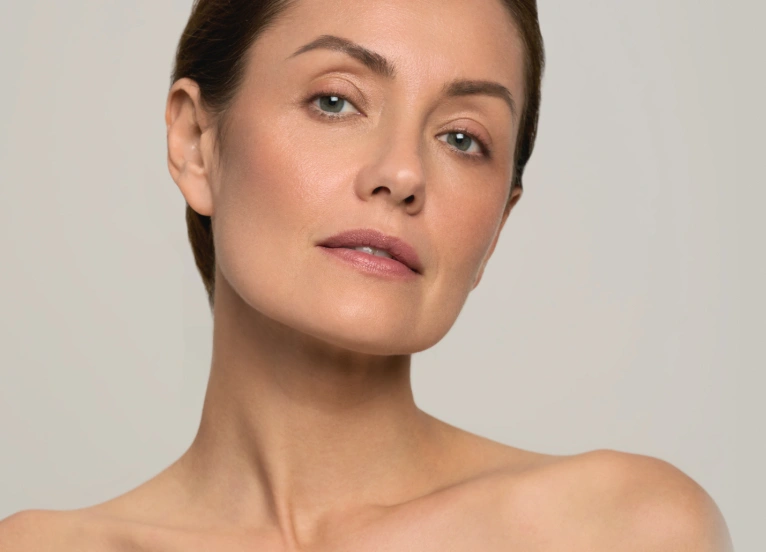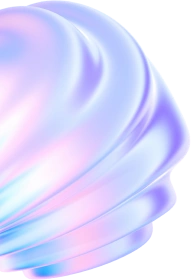Biorevitalization is a modern cosmetic procedure that involves the intradermal injection of hyaluronic acid. This treatment effectively addresses various skin imperfections related to aging, improves the quality of dry and dehydrated skin, restores elasticity and firmness, and helps eliminate dark circles under the eyes and post-acne marks.
Hyaluronic Acid – The Key Component of Biorevitalization
Hyaluronic acid is the main ingredient in biorevitalization preparations. Naturally, it is a part of the dermis and is present in skin cells. It activates fibroblast function and maintains the connection between collagen and elastin fibers, which is crucial for preserving skin elasticity and firmness.
Under normal conditions, our body produces hyaluronic acid daily. However, due to environmental factors, it breaks down quickly, leading to its deficiency, weakening of the collagen framework, and the appearance of early signs of aging. This is why biorevitalization has long been a fundamental procedure in aesthetic medicine for improving skin quality and maintaining a youthful appearance.
How the Procedure Works
The method involves targeted subcutaneous injections of the preparation. The treatment is performed with an ultra-fine needle and is suitable for both women and men. Biorevitalization is completely safe and delivers visible results immediately after the session. The skin becomes noticeably fresher, gains a healthy glow, complexion improves, fine wrinkles diminish, and facial contours appear more lifted.
To maintain the positive changes, the procedure should be repeated every 2–4 weeks, with an average course of 3 to 5 sessions. The results can last for about a year, after which a single maintenance treatment every 6–12 months is recommended to preserve the effects.



